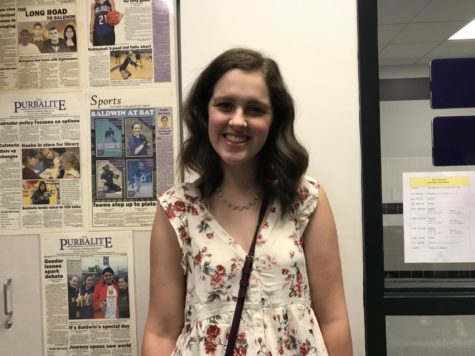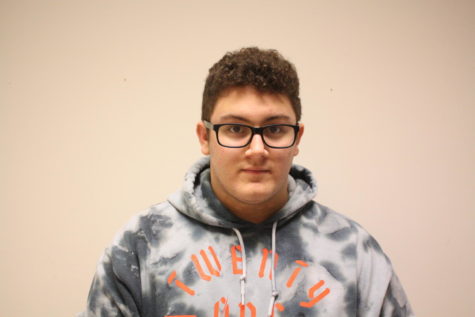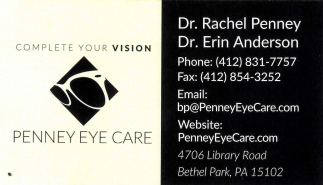Students dive into robotics
April 11, 2017
Sophomore James Luttringer remembers the feeling of seeing his robot function for the first time in the water last year.
“It was really cool to see something that we made work in the pool,” Luttringer said.
Luttringer is competing again this year in hopes of replicating that feeling, only this time making this year’s robot better.
Since January, second-year veterans and newbies to the Seaperch Challenge have been getting to work on putting their self-designed and constructed robots in the BHS pool.
The competitors not only have to build a robot that functions in the pool to get an impressive score, they have to make an engineering notebook, follow the principles of design, and their robot must be able to complete an obstacle course.
The students first compete at a local competition. If they win, they go on to regionals at Carnegie Mellon University.
The winner at CMU goes on to compete at a national level in Atlanta at Georgia Tech University.
Sophomore Joey Shields has high hopes for both first-year and returning competitors this year.
“I think we’re all going to do pretty well when it comes to regionals this year,” Shields said.
Something unique about the Seaperch Challenge is that it incorporates students from Harrison Middle School. Students from the high school work separately from the middle schoolers, and high school students and middle school students have different divisions when the students compete.
Last year, a team of middle school students won their regional competition and went on to compete in Louisiana at a national level.
Sophomore Tommy Ahlin competed last year in the first Seaperch Challenge, and his team is making modifications to its model from last year for this year’s competition.
“We decided to shrink down the size and get new motors to edit the design we did last year. We’re comfortable with a robot we know will work and perform,” Ahlin said.
Ahlin said one of the main components of coming up with an idea for a robot is being realistic.
“You have to figure out the best way [to design your robot] because you have so many ideas, but you have to try to figure out which ones are feasible,” Ahlin said.Shields, a returning Seaperch competitor, said that something that has added to the experience in this year’s competition is mentoring the newcomers.
He said the experience he gained at last year’s competition gives him insight to guide the first-year competitors.
Gifted support teacher Jared Hoffman said Baldwin’s participation in the event started when the Bettis Corporation reached out to Debbie Reynolds, former high school gifted support teacher and current science teacher at Harrison Middle School.
Since then, Hoffman has assisted both high school and middle school students in making their ideas become a reality in their projects. The kids work after school to design and build their robots.
“I think the biggest way I’ve been able to assist the competitors is by providing a lot of insight into things I think will or won’t work, and some of the hands-on, tech ed aspects of the competition that I’m familiar with,” Hoffman said.
Shields said the Seaperch Challenge has inspired him to choose a career in robotics or engineering.
“I think this challenge is pretty effective in helping us choose what jobs we want to do in the future because it gives us good experience,” Shields said.




